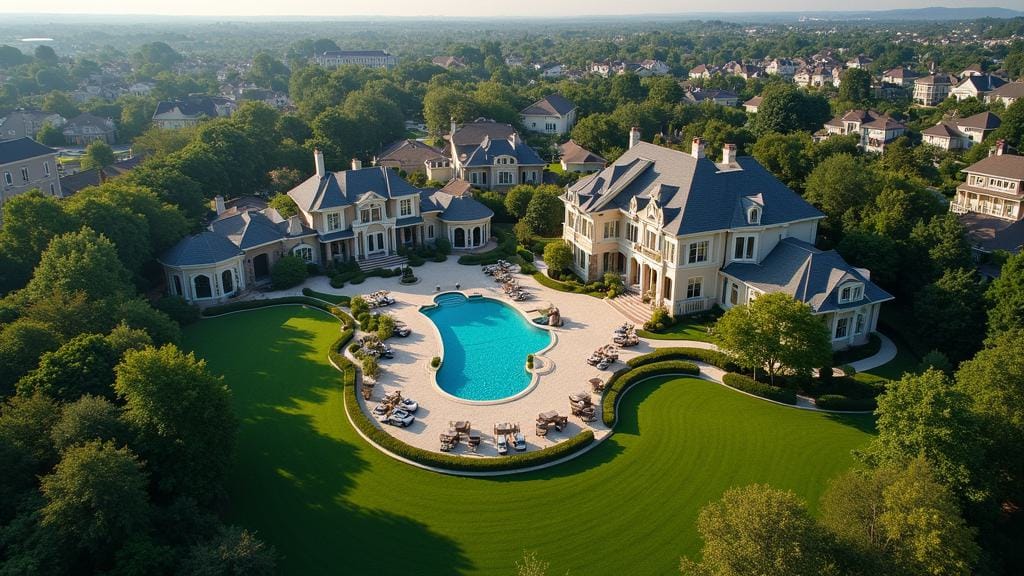The U.S. still possesses a significant portion of the world’s wealth, with stark concentration among a small elite. The top 0.1% hold about 14% of U.S. wealth, largely through stocks and mutual funds. This group boasts average annual incomes of $3.3 million. Additionally, racial disparities persist; White households retain 84% of national wealth, while Black and Hispanic families possess only a small fraction. Understanding these figures highlights important trends; the nuances reveal surprising international implications.

Although wealth concentration in the United States has been a topic of concern for decades, recent data reveals just how stark the disparities have become. The top 0.1% of households hold around 14% of U.S. wealth, with each household averaging $3.3 million in annual income. This small fraction of the population controls a significant portion of the nation’s resources, primarily through ownership of stocks and mutual funds. Indeed, the top 1% alone owns about 31% of total wealth, with a substantial portion concentrated within the top 0.1%.
The top 0.1% of households hold a staggering 14% of U.S. wealth.
Wealth inequality has grown more pronounced since 1990, when the top 0.1% held 9% of the wealth; today, that figure has increased to 14%. The wealthiest individuals have benefited from policies that seem to favor their interests, often at the expense of broader economic equality. As the top 10% of households hold about 67% of the total wealth, the bottom 50% are left with a mere 2-3%. This skewed distribution highlights the growing divide between the affluent and everyone else. Households in the top 0.1% have a minimum of $38 million in wealth, making their economic influence even more pronounced.
Race plays a significant role in this economic landscape, with White households holding approximately 84% of U.S. wealth, despite accounting for only about 66% of the population. Black and Hispanic families, by contrast, own just 3.4% and 2.3% of total family wealth, respectively. Some investors are turning to Dividend Aristocrats as a proven way to generate wealth through companies with consistent dividend increases. Historical policy biases and contemporary economic trends have contributed to these disparities, which continue to affect economic opportunities for minority groups.
The concentration of wealth in stocks and mutual funds exacerbates these inequalities. The top 1% owns over half of all such financial assets, perpetuating a cycle where wealth generates more wealth for those already at the top. This dynamic is further complicated by demographic factors like education and generational wealth, which are more prevalent among affluent households.
Ultimately, wealth inequality impacts much more than financial stability; it affects social mobility and economic resilience. Households with fewer assets face greater financial insecurity and limited opportunities for advancement.
As wealth continues to concentrate, the potential for political instability and social unrest grows, challenging the nation’s long-term economic health. Addressing these disparities requires deliberate policies aimed at fostering a more equitable distribution of wealth across all demographics.

